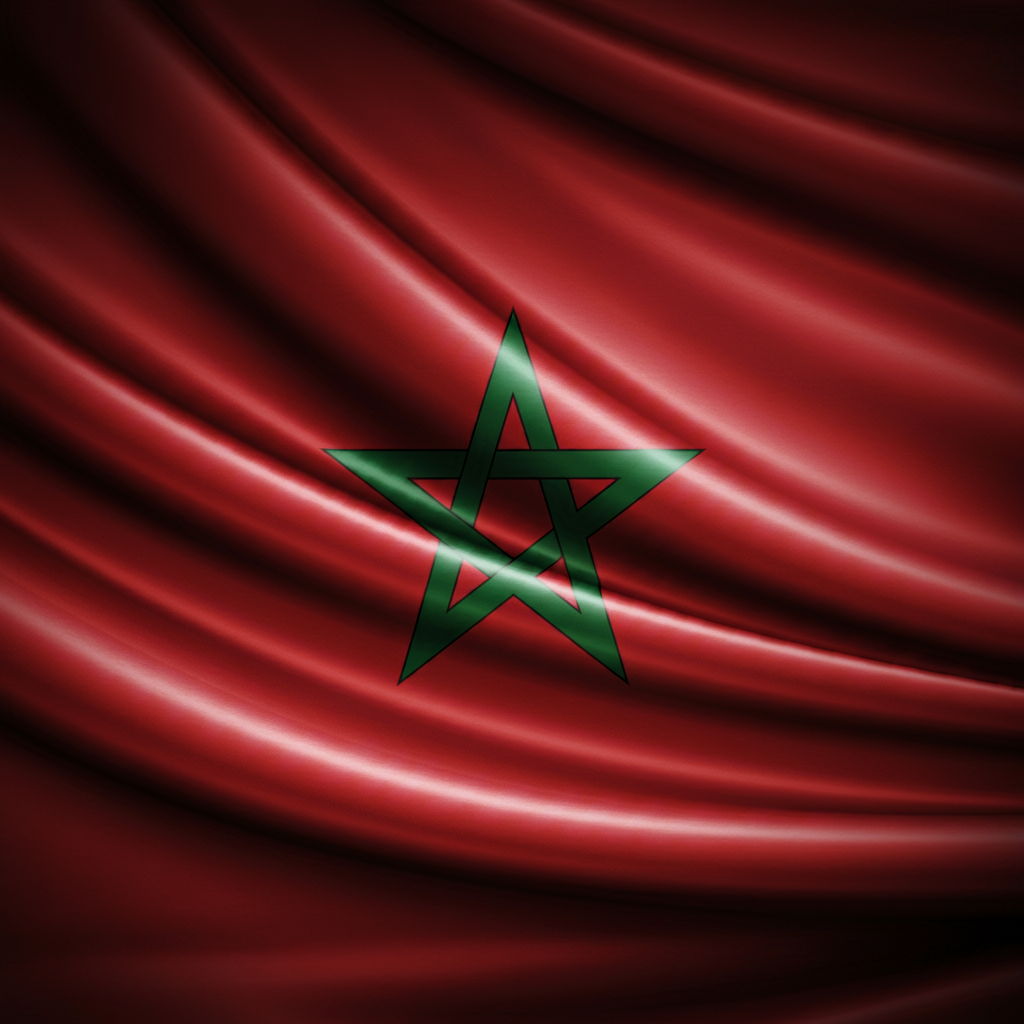The Moroccan Study Abroad Market
Morocco is challenging the world with its investment in the education sector. The Moroccan Government earmarked 26.3% of the general budget for education. The government is also financing Moroccan students to study abroad and to undertake research. Of all the African nations, Morocco has the highest study abroad rate. According to the Unesco the outward mobility rate is 5.1%. Our Market Report Morocco provides you with all the details.
Latest Moroccan Higher Education study abroad stats
At this point a total number of 56,730 Moroccan students are studying abroad for a degree in higher education (source: UNESCO).
Internet and Social Media in Morocco
17 million Moroccans spend an average of 2 hours and 33 minutes per day on social media, according to data compiled by social media management platform Hootsuite in its 2020 Digital report.
Published on the 31st of January, the survey suggests that active social media users in Morocco account for 47% of the total population. 16 million people of those who use social media in the Kingdom are connected via their phones.
According to the same report, Moroccans’ favorite social media application is WhatsApp, as 81% of social media users rely on it. 76% of internet users in the Kingdom use Facebook, followed by Youtube 60%, Instagram 45%, Facebook Messenger 43%, Snapchat 25%, Twitter 17% and Skype 15%.
- 38 million
Total population
- 43.76 million
Mobile subscriptions (120%)
- 22.57 million
Internet users (62%)
- 17.00 million
Active social media users (47%)
- 16.00 million
Mobile social media users (44%)
Moroccan Education System
As there are only 13 universities in the country, many students look for an alternative way to handle their educational investments. Many choose to study abroad, thus making the country a new and profitable marketplace for educational specialists. A significant flow of students pursue their studies in Anglophone institutions. English is the third language after Arabic and French. In 2002, AMIDEAST chose Morocco as the site for the organization’s 50th anniversary conference on “Higher Education in the Arab World: Preparing for the Global Marketplace.”
The Moroccan secondary education system is called the Baccalauréat. With the Baccalauréat there are 3 specialisations: Lettres, Sciences, and Technical.
The Public Higher Education sector
Public universities: institutions that are under the supervision of the ministry of higher education, these include the 12 public universities in addition to Al Akhawayn University, which has a special status as a privately-run public not-for-profit.
• Other public higher education institutions not affiliated to universities: referred to as Etablissements d’Enseignement Supérieur ne Relevant pas des Universités (EENSNPU), these are specialized higher
Education institutions (schools, institutes, centers) under the administrative and financial supervision of relative technical ministries and under the academic authority of the ministry of higher education. They provide a more specialized and technical training to specific public functions.
Private Higher Education sector:
• Universities and institutions created in the framework of a public-private partnership (PPP): these are non-profit foundations created with the objective of internationalizing Moroccan higher education. They benefit from different sources of funding, yet they remain under the academic authority of the ministry of higher education.
• Private higher education institutions: these are universities and institutes created through fully private initiatives and are generally for-profit.
